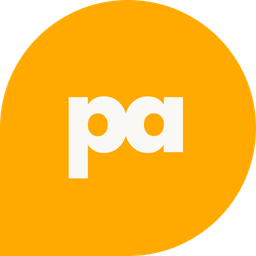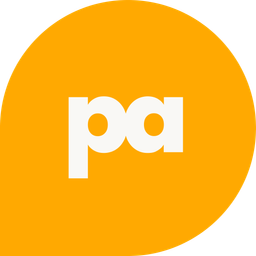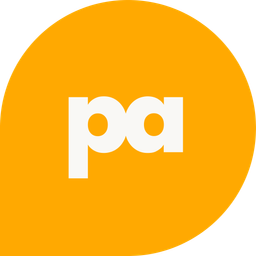Most employee engagement ideas include things like pizza parties, casual Fridays, and the occasional team lunch.
The truth?
Today’s workforce expects more.
Engagement is no longer about surface-level perks but about creating meaningful connections, building trust, and designing workplaces where people genuinely want to show up. That’s where fun employee engagement activities make the difference, they go beyond perks and help create real cultural impact.
Below, you’ll find 25 fun employee engagement activities and ideas designed to inspire, retain, and energize your team.
25 employee engagement activities and ideas
1. Shadow board (next-gen advisors)
A shadow board gives employees a seat at the table without needing a corner office. This innovative activity invites a rotating group of high-potential employees to advise leadership on key topics like strategy, culture, and major decisions.
It’s not only a leadership development tool, but it also works as one of the best employee engagement ideas if you want to encourage your team to speak up more and share their ideas.
To get started, select eight to 12 employees from different departments and levels. Meet quarterly with the executive team to review company priorities and rotate members every six months to ensure more voices are heard.
2. Reverse town hall
Forget the stage-and-microphone model where leaders talk at employees. In a reverse town hall, employees speak first. They discuss questions in small groups, and leaders rotate between tables to listen before responding.
This type of activity can help boost employee engagement because it flips the usual power dynamic and shows that leaders aren’t just there to present slides, they’re there to listen. While it’s more meaningful than playful, it still belongs on the list of fun employee engagement activities because it sparks genuine dialogue and creates a sense of inclusion.
Tips to make it work:
- Give employees 15 minutes to brainstorm concerns or ideas in groups.
- Have leaders join each group, take notes, and answer live.
- Share a short summary of the session within 48 hours.
3. Stay interviews (not exit interviews)
Exit interviews are too little, too late. Instead, run stay interviews. These are short check-ins where managers ask employees what keeps them motivated… and what might make them leave.
Stay interviews are very proactive. You get insights while there’s still time to act, and employees feel valued just by being asked. If you’re looking for how to boost employee engagement in a meaningful way, stay interviews are one of the simplest and most effective tools you can adopt.
Here’s a few tips to make your stay interviews a success:
- Train managers to ask simple, open questions quarterly (e.g., “What would tempt you to leave?” or “What should we start/stop/continue?”).
- Capture themes in a shared tracker.
- Act quickly on recurring issues.
Psst! You can also make this process a whole lot easier with help from our Stay Interview Template! It's available as a Google Doc, Word Doc, or a PDF and you can use it right away!
4. Kill a stupid rule week
We all have those rules or processes that make zero sense but never seem to die out. So, why not dedicate a week to hunting them down and eliminating them?
Although it can be viewed as a silly activity, it can actually be quite empowering and fun. Plus, it shows you trust employees to improve the way work gets done. Activities like this may not look traditional, but they’re some of the most effective fun employee engagement activities because they mix humor with real impact.
A good way to get this one going is by collecting nominations for “stupid rules” via Slack, surveys, or a wall of sticky notes. Then, form a quick taskforce to tackle the top 10 and publicly celebrate the wins (and the hours saved).
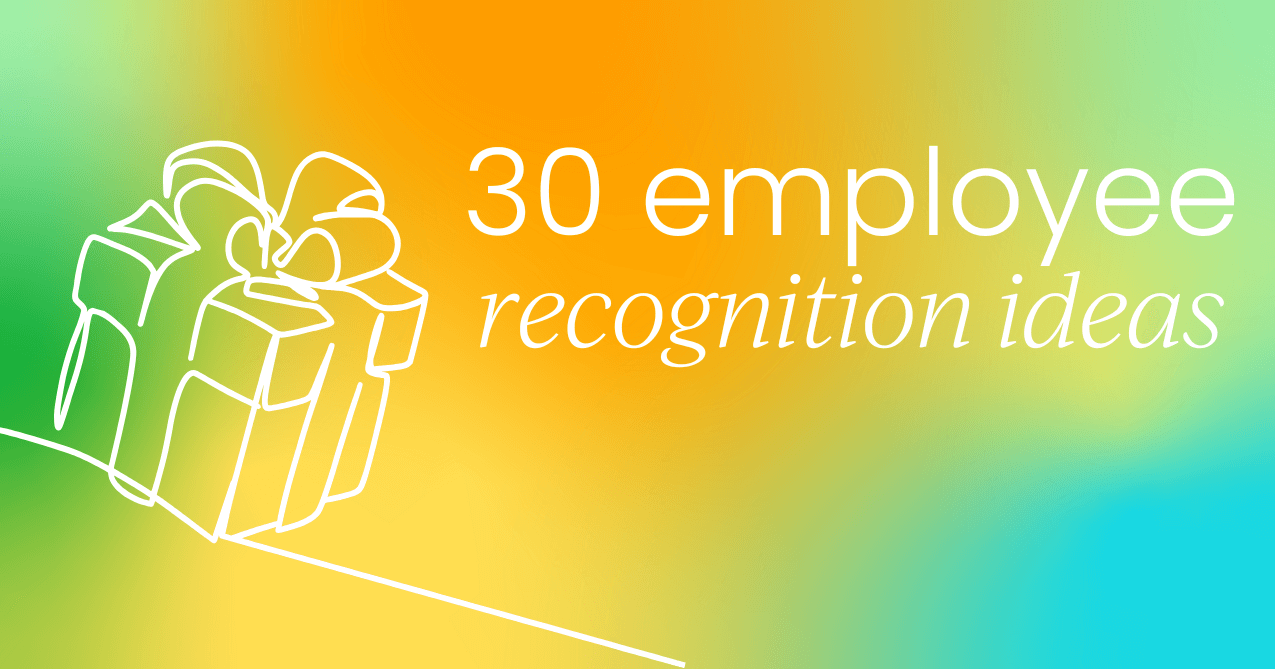
5. Career maps on a page
Employees often wonder, “What’s next for me here?” A career map gives them a clear answer. It’s a simple one-page visual showing the skills, experiences, and milestones needed for progression.
This is a great employee engagement idea if you want to remove the mystery around career growth, so people don’t have to look elsewhere to see a future.
Start by creating role “maps” with three to five progression steps, example projects, and required competencies. Then, share them openly so employees can self-assess and encourage managers to use them in development conversations.
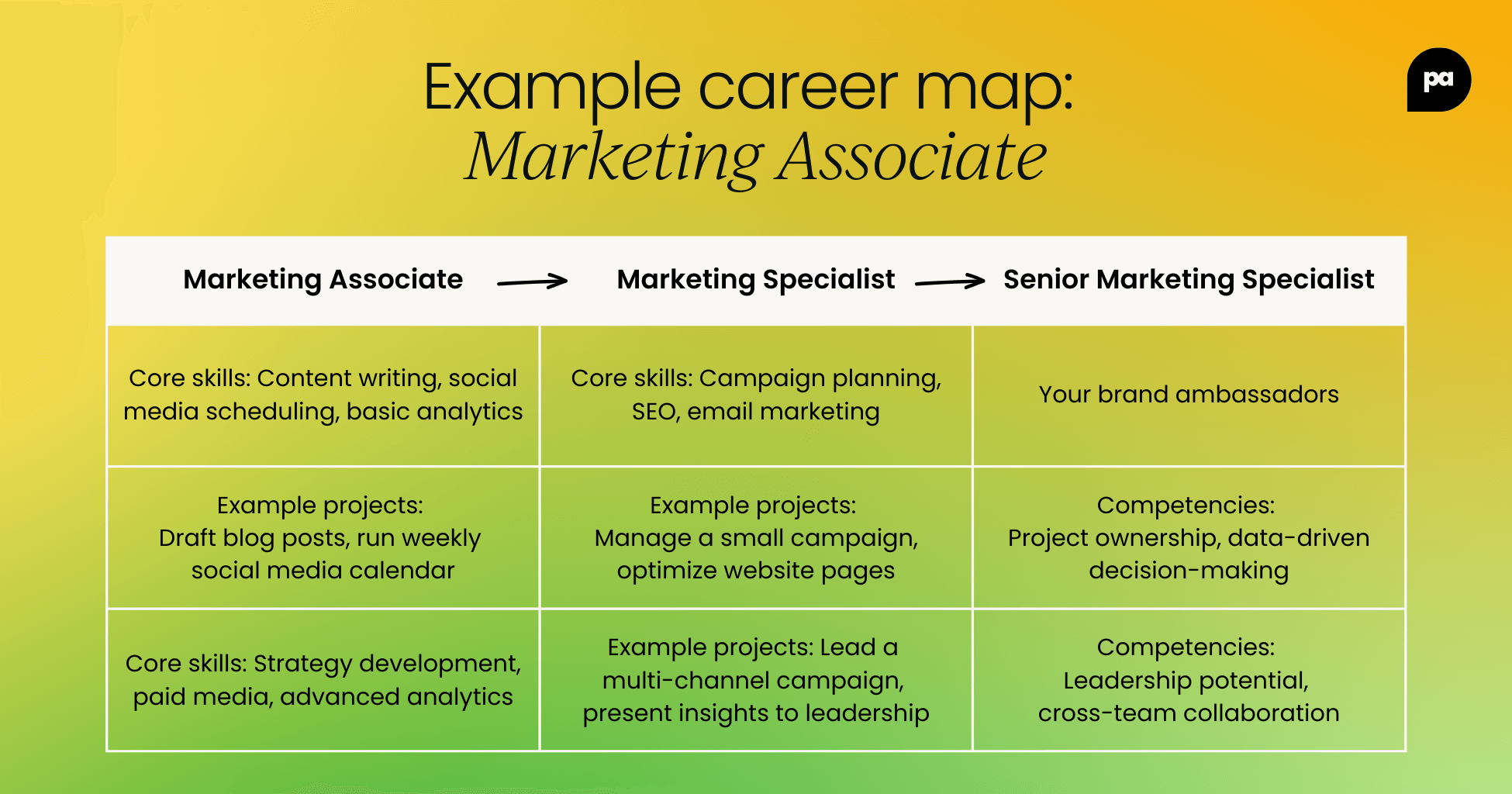
6. Micro-mentoring “office roulette”
Mentorship doesn’t need to be a long-term program with formal pairings. You can try something called micro-mentoring, which are short, 20-minute conversations between people at different levels.
This helps to spread knowledge quickly while making people feel connected across silos. It’s also one of those fun employee engagement activities that blends professional growth with relationship-building, making it both impactful and enjoyable.
How it works:
- Run a monthly “office roulette” where employees are randomly paired.
- Provide prompt cards (e.g., “What’s a skill you wish you’d built earlier?”).
- Keep it opt-in so only those interested participate.
7. Skills barter board
Everyone has something they can teach, and something they want to learn. A skills barter board makes that exchange easy because it encourages peer-to-peer learning, highlights hidden talents, and strengthens collaboration.
To try it, set up a simple board (digital or physical) with two columns: “I can teach” and “I want to learn.”. Then, match pairs for 30–60 minute sessions and make sure to spend time celebrating and sharing successful swaps.
8. Role rotation lite
Want to help your employees grow without a major shake-up? Try role rotation lite! This is all about giving your team a low-stakes chance to learn new skills through short rotations or shadowing days.
The best part is that it helps to build a deeper understanding between departments and helps people find exciting new career paths right inside your organization.
Getting started is easy enough. Simply encourage employees to volunteer for a one to two day "tour" of a neighboring team each quarter. After their experience, have them share a brief "day in the life" debrief to capture key takeaways.
By starting with a small group of volunteers, you can fine-tune the process before rolling it out to everyone.
9. Micro-coaching library
Not everyone has time for a full coaching program, but bite-sized audio or video clips from internal leaders can go a long way. This is a great way for the team to get situational advice when they need it. For example, they might want to ask something like how to handle pushback in a meeting. Then, they’ll receive the exact answer they need from a manager or leader in the company who has ‘been there, done that’ more than a few times.
Start by asking leaders and experienced managers to record three to five minute clips on common challenges. Then, store these in a searchable library by topic so that your team can look up keywords related to the topic or question they have in mind. You could also remind the team that the micro-coaching library exists by promoting one clip a week in Slack or newsletters.

10. Culture shoutouts
Instead of “Great job, team,” try shoutouts that link achievements back to company values. For example: “Priya showed real ownership by staying late to resolve a customer issue.”
This type of positive feedback reinforces the behaviors you want more of while making recognition more meaningful. If you’re wondering how to boost employee engagement through recognition, the key is consistency and authenticity.
You should also try and encourage peers to recognize each other too, not just managers. And, don’t forget to publish highlights in your weekly newsletter or Slack channel!
11. Quiet leadership awards
Not everyone’s contributions are visible. Some of the most valuable work happens quietly in the background such as maintaining systems, catching errors, and mentoring teammates, etc. Celebrate that too!
Recognition doesn’t always have to be flashy. In fact, some of the most fun employee engagement activities are the ones that shine a spotlight on unsung heroes. By acknowledging steady contributors alongside star performers, you send a powerful message that every role is essential to the team’s success.
12. Location-based perks
Don’t let in-office staff be the only ones with free snacks or perks. Offer remote-friendly equivalents (like coffee vouchers or fitness stipends) so everyone feels included.
This approach is one of the simplest employee engagement ideas for hybrid workplaces because it prevents a “two-tier” culture where office perks overshadow remote benefits. By ensuring parity, you show all employees (regardless of location) that they are equally valued.
Here’s how to try it:
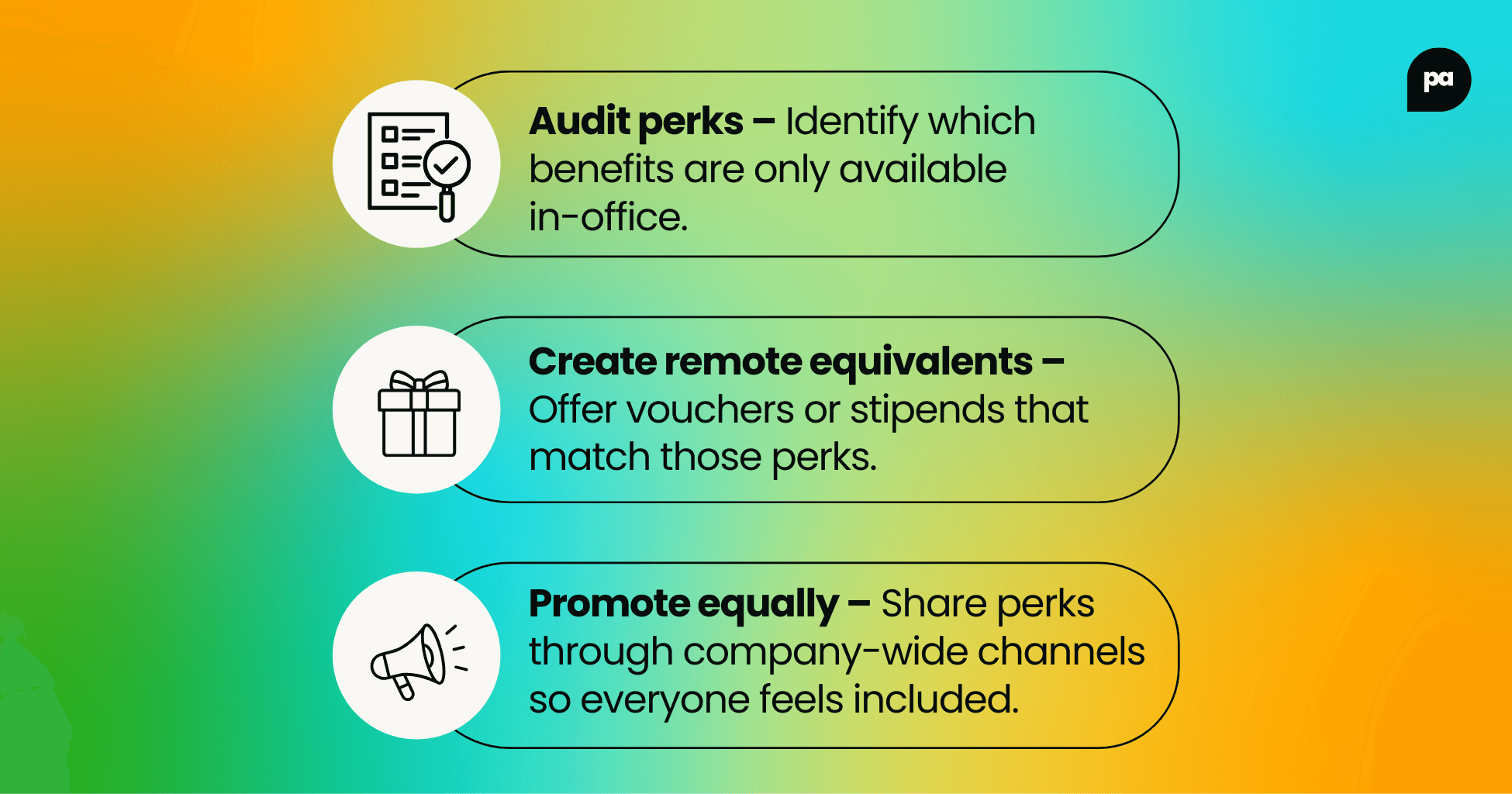
13. Meeting bonfire
Instead of dragging unnecessary meetings around forever, schedule a quarterly “bonfire.” Every recurring meeting is automatically cancelled. If someone wants it back, they need to re-pitch why it matters.
It’s equal parts a cleansing ritual and a reality check. People quickly discover which meetings were actually useful, and which were just clogging up calendars. Cutting meeting bloat frees up focus time and wins you instant gratitude.
14. Community day with choice
Instead of picking one company-wide volunteering event, give employees options. Some might want to clean up a local park, others to mentor students, while others want to help at a food bank. Let them choose, then share stories and photos afterwards.
This works because giving people a choice makes the day feel less like a corporate checkbox and more like a genuine chance to give back. And when employees talk about these experiences outside of work, it strengthens pride in the company brand.
15. Project postcards
Big, glossy presentations aren’t always needed. Encourage teams to sum up progress with a single image and a 100-word caption - a “postcard” from their project. Share them on Slack or in newsletters.
This works because it makes projects more visible in a quick, engaging way. Employees feel proud to share their work, and others get to see what’s happening across the company without sitting through endless status updates. Framing project updates in this light turns communication into one of those fun employee engagement activities that both inform and inspire.
16. Appreciation days
Pick a day each quarter purely dedicated to celebrating employees. It could be as simple as a potluck lunch, handwritten thank-you notes from leaders, or a themed afternoon with games and prizes.
What matters isn’t the budget, it’s the sincerity. When people feel celebrated as humans, not just workers, it deepens loyalty and energy for the months ahead.
17. Team potlucks
Everyone loves food. But how do you turn a simple team potluck into an experience that actually boosts employee engagement? The trick is to make it more than just a free meal.
To do this, think about inviting employees to bring a dish that represents their culture, family traditions, or a favorite memory. This simple twist turns a regular lunch into a celebration of diversity.
As people share stories behind their dishes, they create more authentic connections and spark conversations that wouldn't happen otherwise. It's a fantastic way to break down silos between teams and build a stronger, more inclusive workplace.
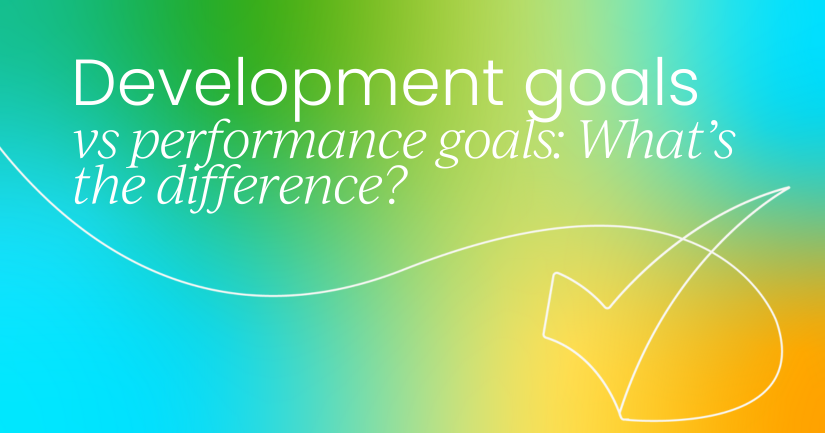
18. Themed office days
Inject some creativity into the workplace with themed office days. These are a simple, high-impact way to break up the routine and bring some joy to the workplace.
Among the many employee engagement ideas HR teams can implement, themed office days stand out for their ability to spark energy and connection with very little effort. Whether it’s “Throwback Thursday,” pajama day, or a color-coordinated theme, these lighthearted activities break the monotony and encourage self-expression.
Think of the buzz around the office when everyone shows up in their coziest pajamas or their favorite throwback outfit. It creates easy opportunities for laughter and those "I-can't-believe-we're-doing-this" moments that turn into shared memories.
19. Employee of the month (with a twist)
The traditional "Employee of the Month" can sometimes feel a bit… stale. But a little creativity can turn this classic recognition program into a truly fun and meaningful employee engagement activity.
The trick is to make it personal and playful. Instead of a generic title, create unique, rotating categories that highlight different skills and personalities. This allows you to recognize a wider range of people for the amazing things they do every day, not just for hitting a sales target.
One overlooked idea in conversations about how to boost employee engagement is rethinking recognition - when done with humor and authenticity, it resonates far more deeply than generic awards.
Here are some fun, unexpected categories to get you started:
- The "MacGyver" award: For the person who can fix anything with limited resources.
- The "Office DJ" award: For the one who curates the best Spotify playlist and sets the perfect vibe.
- The "Zoom MVP" award: For the employee with the most creative or hilarious virtual background.
- The "Culture champion" award: For the person who consistently goes out of their way to make new hires feel welcome.
20. Spot awards
Spot awards are all about giving that high-five in real-time. They’re a simple, immediate way to show your team that you see their hard work and appreciate it right in the moment.
Unlike a formal "Employee of the Quarter" award that can feel far off, a spontaneous spot award directly ties the recognition to the win. This makes the appreciation more genuine and impactful. When you think about fun employee engagement activities, spot awards rank high because they bring surprise, delight, and recognition into everyday work.
Remember, spot awards don't have to be big or expensive. A gift card for a coffee, a public shout-out in a team chat, or even an extra hour off on a Friday afternoon can go a long way.
21. Coffee chats
Sometimes, the best connections happen outside of formal meetings. Coffee chats, whether they're in-person or virtual, are a simple but powerful way to help your employees connect with colleagues they wouldn't normally interact with. These casual conversations are perfect for breaking down departmental silos and helping people build stronger relationships across the company.
How to make them count
- Make it a surprise. Use a tool to randomly pair up employees from different departments. The element of surprise makes it fun and ensures people are meeting new faces.
- Give them a prompt. To avoid awkward silence, offer a few conversation starters. You could suggest they talk about their favorite hobby, a great TV show they've watched recently, or a random fun fact about themselves.
- Keep it low-pressure. These chats should be optional and informal. The goal is to build relationships, not to add another item to their to-do list.
22. Mindfulness sessions
Employee engagement isn't just about having fun events, it's also about showing your team you genuinely care about their well-being. Offering regular mindfulness sessions is a fantastic way to do this. These sessions aren't just a perk; they're a practical tool that helps employees manage stress, improve focus, and feel supported by their company.
It’s good to start small at first. You don’t need a full-blown yoga studio. A simple 10-minute guided meditation session at the beginning or end of a meeting can make a huge difference. There are tons of free apps and videos you can use to help with this.
If you’re not sure how to approach this one, ask for feedback. Simply poll your team to see what they'd find most helpful. Maybe they'd prefer a weekly stretching break or a short lesson on breathing exercises. Giving them a voice will also help to increase participation.
23. Scavenger hunts
Who says problem-solving can't be fun? Scavenger hunts are a fantastic way to get your team working together in a fresh, exciting way.
Whether you're in the office or working remotely, these challenges encourage collaboration, teamwork, and a little bit of healthy competition. They’re a great way to break up the daily routine and create a memorable shared experience.
To make them more exciting, you could also offer a little incentive to encourage people to get involved. The prize doesn’t have to be big. A team trophy, bragging rights, or a small gift card can be enough to get people excited.
24. Gaming tournaments
Gaming tournaments are a fantastic way to tap into your team's competitive side while building camaraderie.
Some fun ideas include things like a quick round of Mario Kart, a strategic chess match, or a trivia battle, these events allow employees to show off different skills and have some fun outside of their daily tasks. They're especially great for teams with a younger or more tech-savvy workforce.
25. Book club
A book club is a great way to show your team that you support their personal and professional growth. It's an easy-to-start activity that encourages continuous learning and creates a space for meaningful conversation. Plus, it's a fantastic way for employees to connect over shared interests outside of their daily tasks.
Join our Insider Membership (it's free!)
1,000s of HR and people professionals around the world trust People Alliance as their go-to source for career growth and workplace solutions.
Get access to our community-driven resources with the Insider plan - completely free.
As a People Alliance Insider, you're not just joining a membership; you're stepping into a community where expertise meets innovation. Your next career breakthrough starts here.



 Follow us on LinkedIn
Follow us on LinkedIn